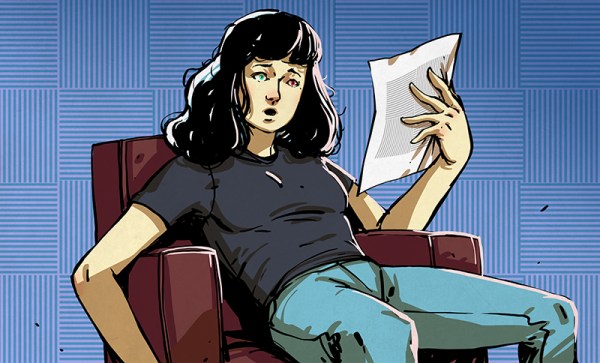While on the hunt for some hardware that would let him stream video throughout his LAN [danman] got a tip to try the €69 Tronsmart Pavo M9 (which he points out is a re-branded Zidoo X9). With some handy Linux terminal work and a few key pieces of software [danman] was able to get this going.
The Android box was able to record video from the HDMI input with pre-installed software found in the main menu as [danman] explains on his blog. File format options are available in the record menu, however none of them were suitable for streaming the video (which was the goal, remember?).
[danman] was able to poke around the system easily since these boxes come factory rooted (or at least the Tronsmart variant that [danman] uses in his demo did). Can anyone with a Zidoo X9 verify access to the root directory?
Long story short, [danman] was able to get the stream working over the network. Although he did have to make some changes to the stream command he was issuing over ssh. He finds the fix in the ffmpeg documentation which saves you the trouble of reading through it but you’ll have to check out his blog post for that (pro tip: he links to a sweet little .apk reverse engineering tool as well).
We’ve seen set top box hacks before, however, streaming and recording HDMI at this price is a rare find. If you’ve been hacking up the same tree let us know in the comments, and don’t forget to send in those tips!

















